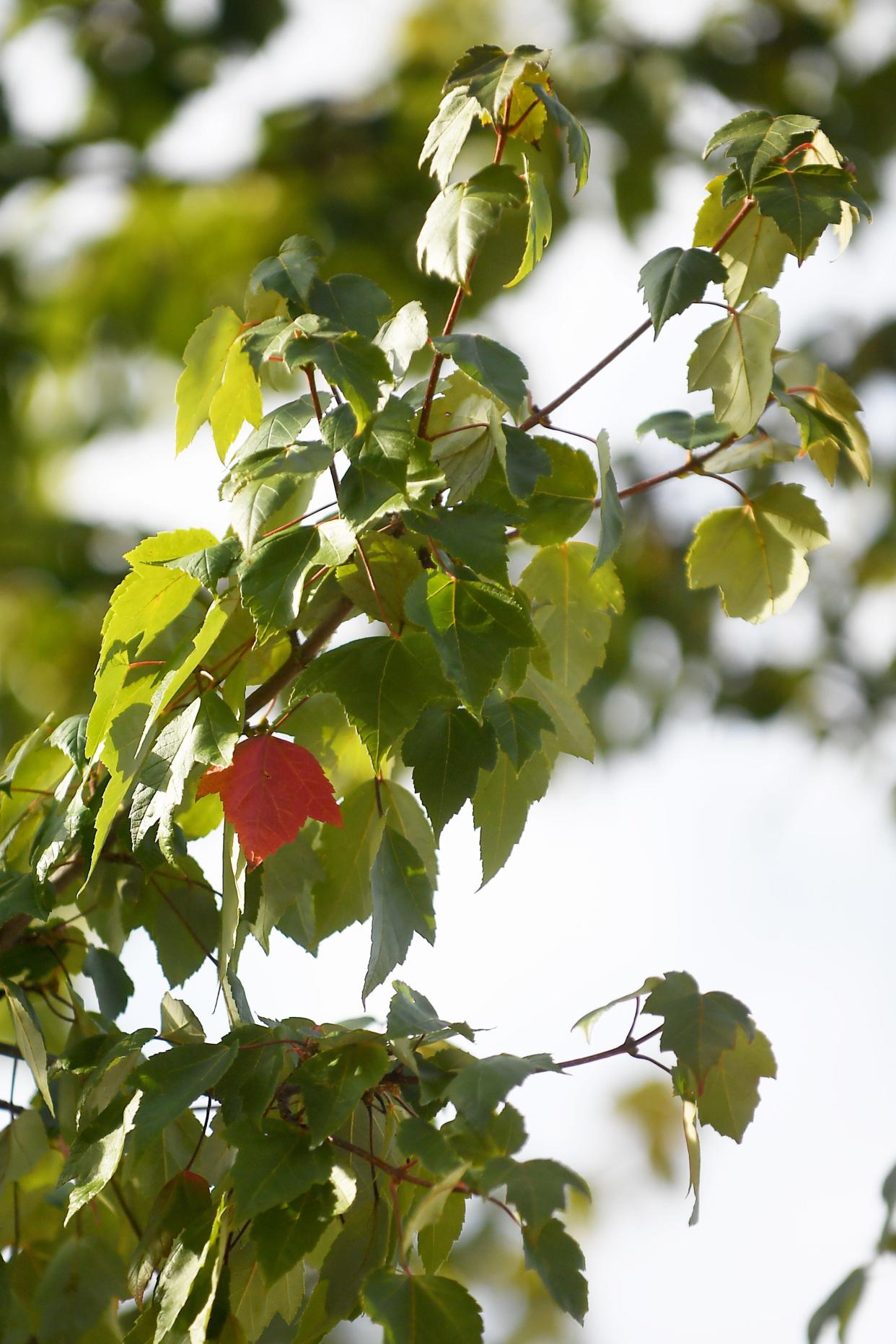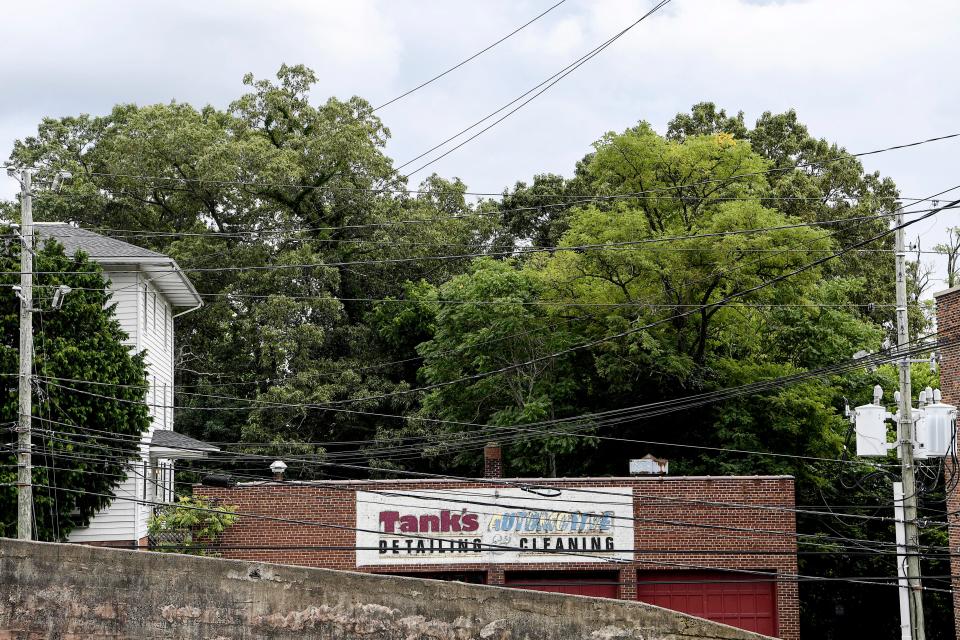Is it COVID or allergies? As pandemic wanes, experts talk spotting the difference

ASHEVILLE - The coming months of spring are some of the worst for allergies and may have people guessing whether symptoms are just seasonal or signs they've contracted COVID-19,
Even though the pandemic appears to be on the decline nationally, a variant known as BA.2 is becoming more prominent, leading to concerns the spring season may see people contract more than just the common flu and seasonal allergies.
BA.2 is a subvariant of omicron, the variant that took the world by storm beginning in late 2021. According to Centers for Disease Control and Prevention data trackers, BA.2 made up 34.9% of COVID cases in the U.S. the week of March 13-19.
So when respiratory issues kick in for Western North Carolina residents in the coming months, could it be omicron, the flu or something else?
More: After 1st flu death, Buncombe County health leaders urge vigilance, vaccination
Look out for fever, pollen and dogs
Dr. Christopher Copenhaver, an allergy and immunology expert with Allergy Partners of Western North Carolina, said it can be tough to initially tell the difference.
"That's been a concern for our patients the last couple of years," he said.
The main difference people should notice is a fever.
"You really should not have fevers with allergies," Copenhaver said. "Also, a lot of times your nasal drainage is clear, thin and kind of watery (with allergies); If it starts getting to thick, colored drainage, that's a sign of some sort of infection, whether it's just a run-of-the-mill cold, whether it's a sinus infection or whether it's COVID."
Related: Mission Hospital did not report employee's COVID death on time, Labor Department says
WNC Allergy Partners sees plenty of patients who are trying to make this distinction, Copenhaver said. People dealing with nasal and eye symptoms want to know if COVID could be the cause.
"I think one of the keys is understanding what you're allergic to," Copenhaver said. "If you haven't been allergy tested in the past, I would consider being tested. That way, we can help figure out, does it make sense with the symptoms you're having, does it fit with the seasonal pollen counts we're seeing."
April and May are peak pollen season with May being one of the worst months for allergy issues, Copenhaver said. Currently oak and maple are significant sources of allergens, he noted, and local allergy forecasts are high for the area.
WNC started getting tree pollen a month ago and warmer weather earlier in the year across the U.S. is pushing allergy season back.

Forests surrounding Asheville intensify the risk for allergies, but grass pollen is prevalent through mid-summer and even later.
"I'm an allergy sufferer myself," said UNCA Professor of Health and Wellness Amy Lanou. "We often know what our allergy symptoms are and what we're allergic to. So if your allergy is dogs and you just had a visitor who is a dog and you have a cough and wheezing and runny nose, it was probably the dog."
Lanou emphasized testing as the best way to know whether or not symptoms are COVID-related or not, but she also noted the presence of a fever is a good way to distinguish between respiratory viruses and allergies.
Telling flu and COVID apart is more difficult, however, Lanou noted.
The pandemic, she added, is changing the way people think about think about how sickness spreads.
"Contagiousness happens right before the onset of symptoms, but then it carriers through the early days of the onset of symptoms," she said. "If you've got something and you don't feel good, it's really a good idea ... to use those practices that we have used to avoid transferring COVID."
Though mandated pandemic restrictions at local, state and federal levels have eased, health experts are still encouraging people to be cautious, wear masks, wash hands and get vaccinated against COVID symptoms.
More: Buncombe commissioners let COVID-19 mask mandate expire
More: Don't trash that mask! Local restaurants, bars may require them despite mandate expiring
People also should talk about how they feel, especially to members of their household, Lanou said.
"It's best to be cautious," she said. "That's a community-first approach."
Lanou also does research in nutrition and said healthy eating of different colored vegetables, high-fiber foods, exercise, sleep and other remedies are strong preventative agents against infection.
Residents who are concerned they might have COVI can go to covid19.ncdhhs.gov for local testing options.
Andrew Jones is Buncombe County government and health care reporter for the Asheville Citizen Times, part of the USA TODAY Network. Reach him at @arjonesreports on Facebook and Twitter, 828-226-6203 or arjones@citizentimes.com. Please help support this type of journalism with a subscription to the Citizen Times.
This article originally appeared on Asheville Citizen Times: Experts talk differences between COVID and allergies as cases decline

